GPCR/G protein

All GPCRs share a common seven trans-membrane structure. GPCRs are associated with heterotrimeric G-proteins which are GTP-binding proteins made of alpha, beta, and gamma subunits. When a ligand binds to GPCR, it activates the attached G-protein, the GDP is replaced with GTP. The activated G-protein then dissociates into an alpha and a beta-gamma complex which activates downstream signaling pathways. These intracellular signaling pathways include cAMP/PKA, calcium/NFAT, phospholipase C, protein tyrosine kinases, MAP kinases, PI-3-kinase, nitric oxide/cGMP, Rho, and JAK/STAT.
GPCRs are one of the most important therapeutic targets for various diseases, over 30% of all modern medicinal drugs target this family. Aberrant GPCR functions are involved in pathological conditions such as neurological, immunological and hormonal disorders. A large number of GPCRs have been identified, but whose ligands are not known, are classified as orphan receptors.
-
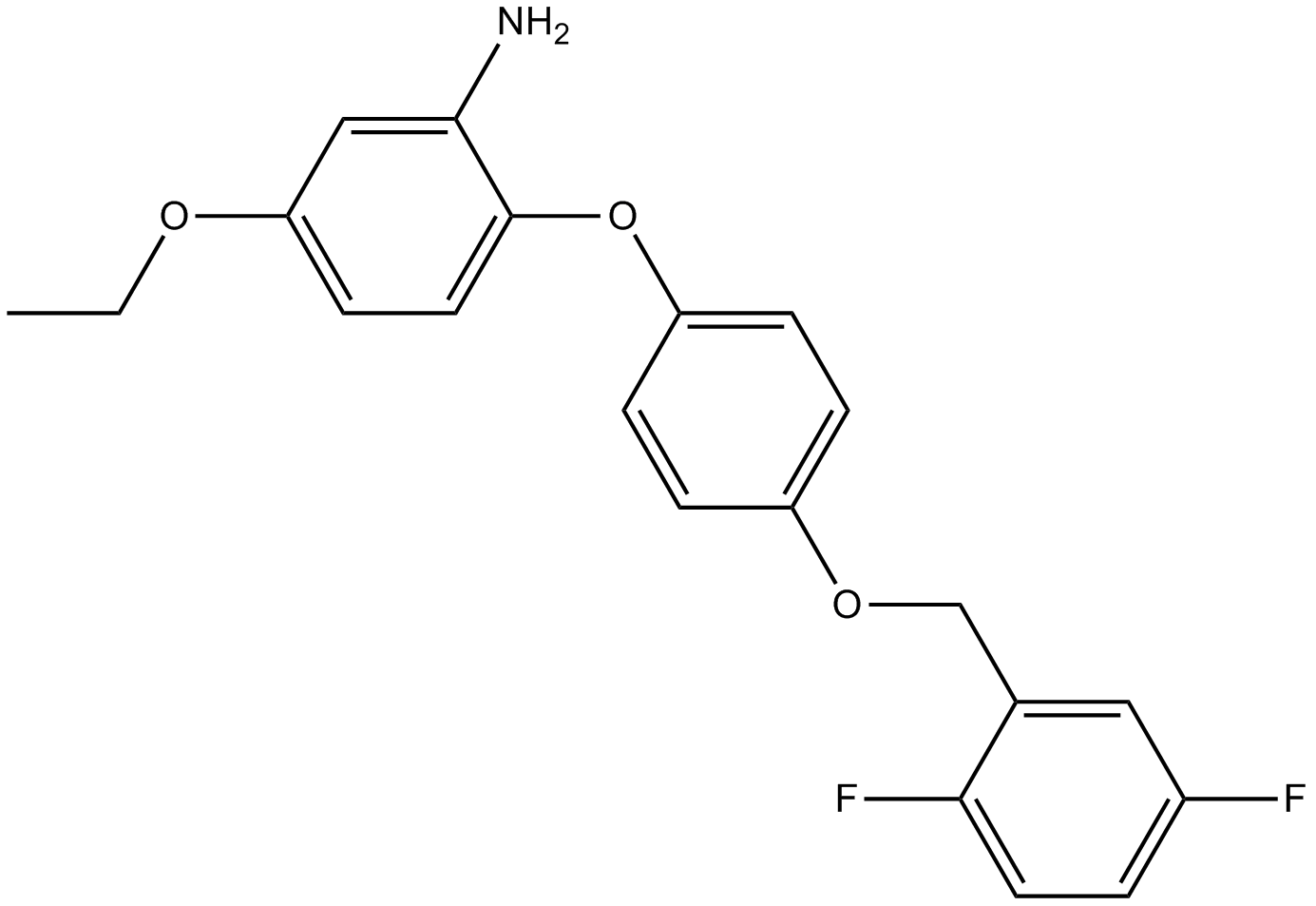 A3811 SEA04004 CitationTarget: Na /Ca2 Exchangers (NCXs)Summary: Specific inhibitor of Na+/Ca2+ exchange
A3811 SEA04004 CitationTarget: Na /Ca2 Exchangers (NCXs)Summary: Specific inhibitor of Na+/Ca2+ exchange -
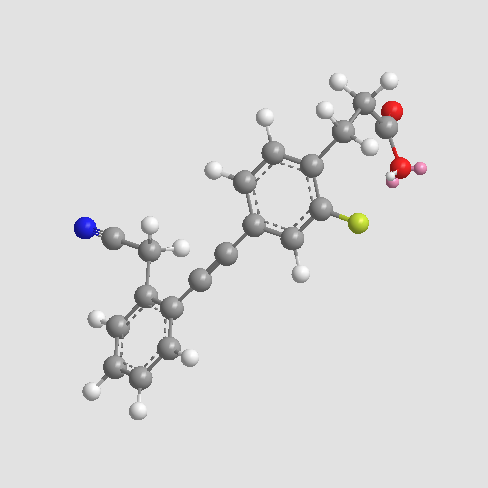 A3895 TUG-770Target: Free Fatty Acid ReceptorsSummary: FFA1/GPR40 agonist
A3895 TUG-770Target: Free Fatty Acid ReceptorsSummary: FFA1/GPR40 agonist -
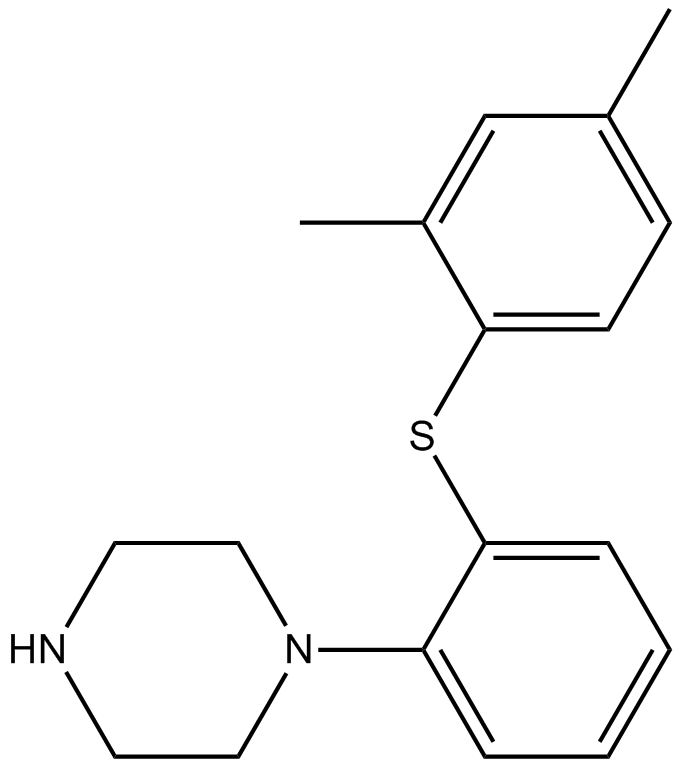 A3926 VortioxetineTarget: 5-HT1 Receptors|5-HT7 Receptors|5-HT3 Receptors|SERTSummary: 5-HT receptors antagonist
A3926 VortioxetineTarget: 5-HT1 Receptors|5-HT7 Receptors|5-HT3 Receptors|SERTSummary: 5-HT receptors antagonist -
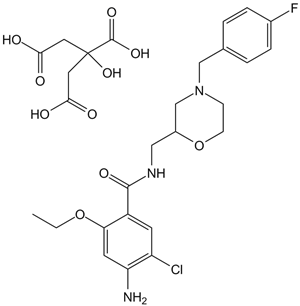 A1334 Mosapride CitrateTarget: 5-HT3 Receptors|5-HT4 ReceptorsSummary: 5-HT receptor agonist
A1334 Mosapride CitrateTarget: 5-HT3 Receptors|5-HT4 ReceptorsSummary: 5-HT receptor agonist -
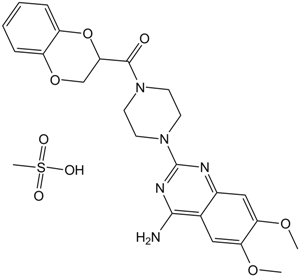 A2884 Doxazosin MesylateSummary: α1-adrenergic receptor antagonist
A2884 Doxazosin MesylateSummary: α1-adrenergic receptor antagonist -
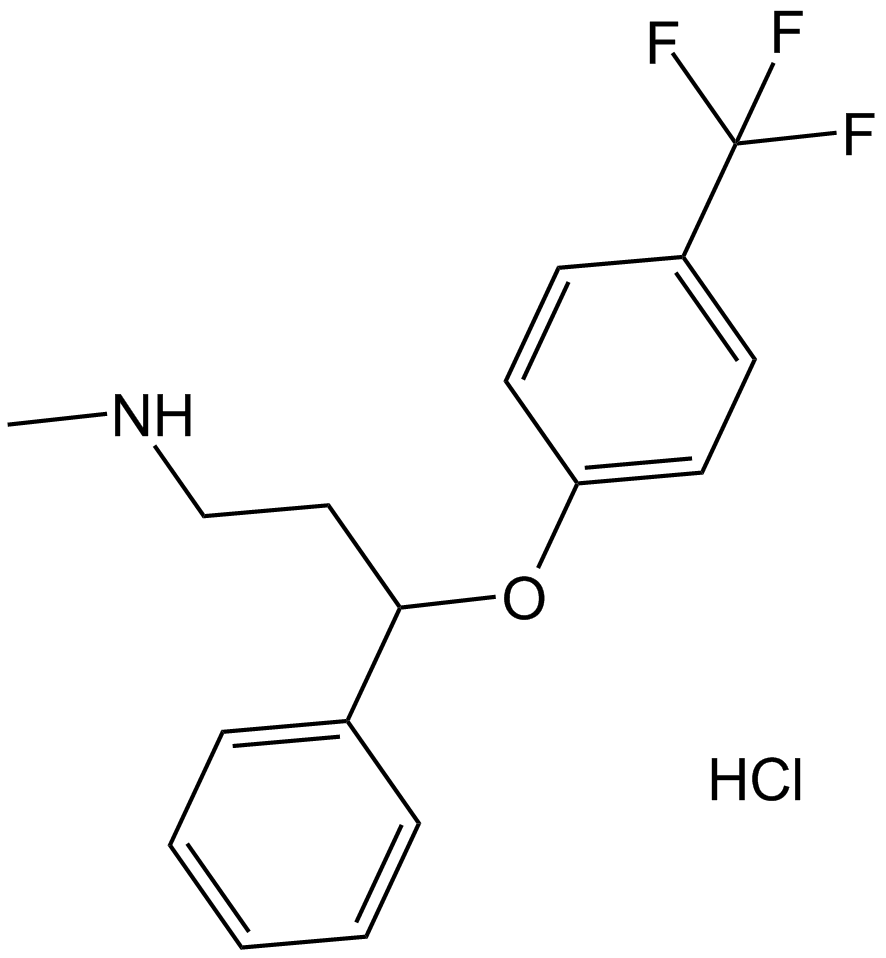 A2436 Fluoxetine HClTarget: Serotonin (5-HT) reuptakeSummary: Serotonin reuptake inhibitor,selective
A2436 Fluoxetine HClTarget: Serotonin (5-HT) reuptakeSummary: Serotonin reuptake inhibitor,selective -
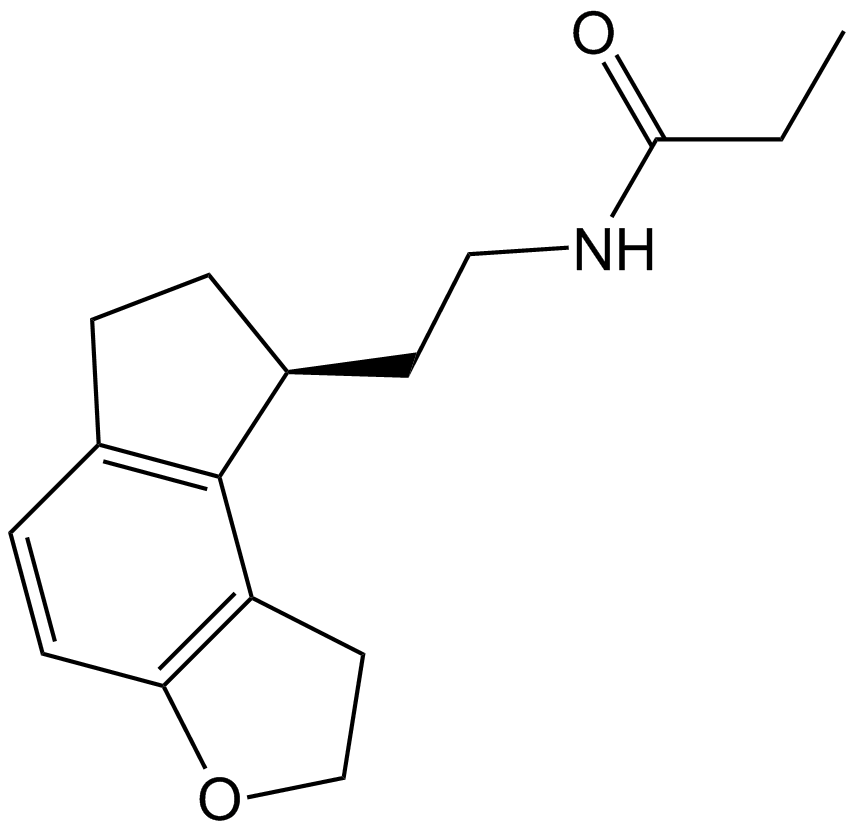 A1748 Ramelteon1 CitationTarget: Melatonin ReceptorsSummary: Agonist of melatonin receptor(M1-M2),highly selective
A1748 Ramelteon1 CitationTarget: Melatonin ReceptorsSummary: Agonist of melatonin receptor(M1-M2),highly selective -
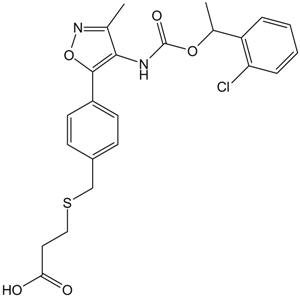 A1987 Ki164254 CitationTarget: LPA ReceptorsSummary: LPA receptor antagonist
A1987 Ki164254 CitationTarget: LPA ReceptorsSummary: LPA receptor antagonist -
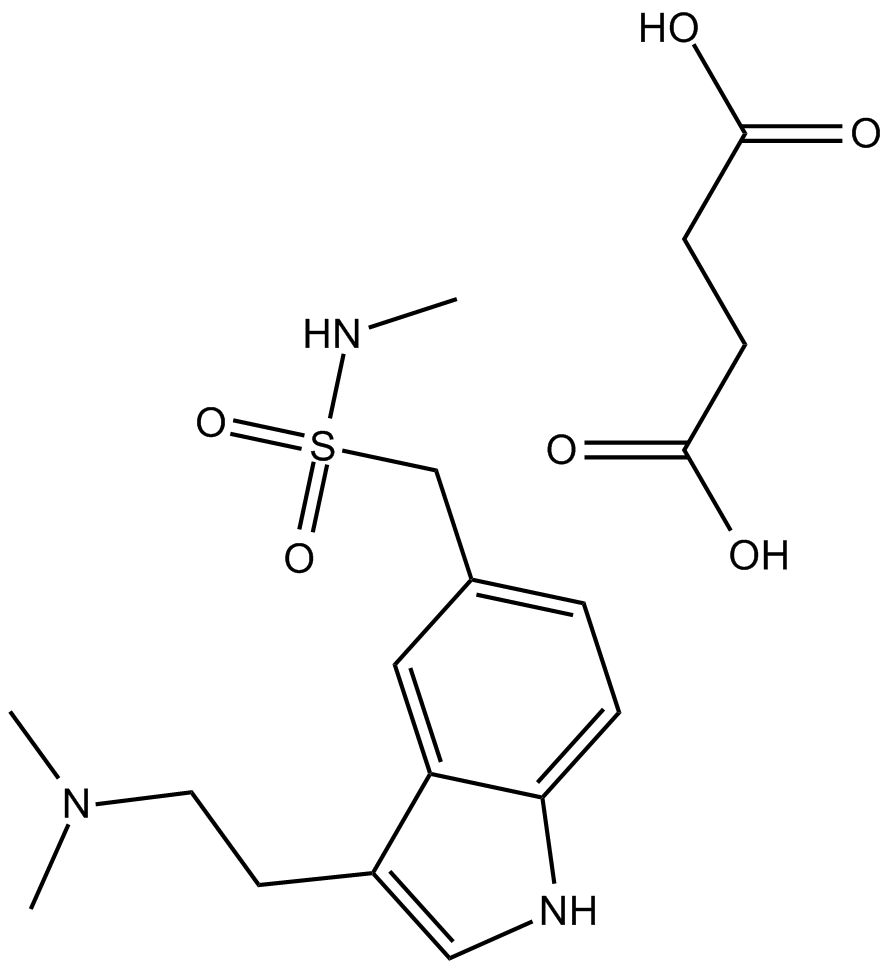 A5294 Sumatriptan SuccinateTarget: 5-HT1 ReceptorsSummary: 5-HT1 receptor agonist
A5294 Sumatriptan SuccinateTarget: 5-HT1 ReceptorsSummary: 5-HT1 receptor agonist -
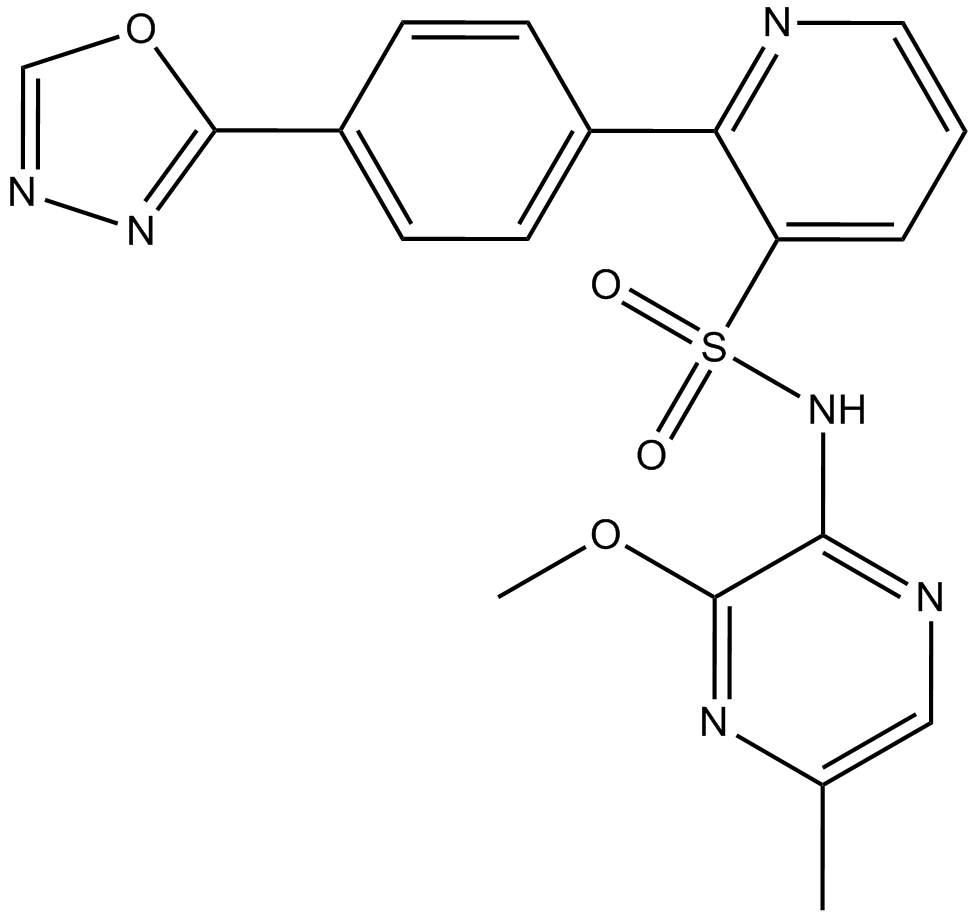 A5489 Zibotentan (ZD4054)1 CitationSummary: ETA receptor antagonist,potent and specific
A5489 Zibotentan (ZD4054)1 CitationSummary: ETA receptor antagonist,potent and specific

